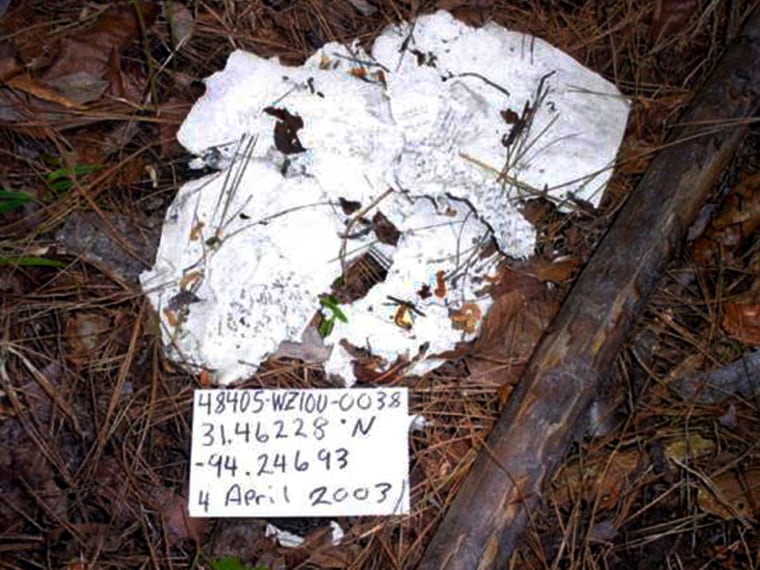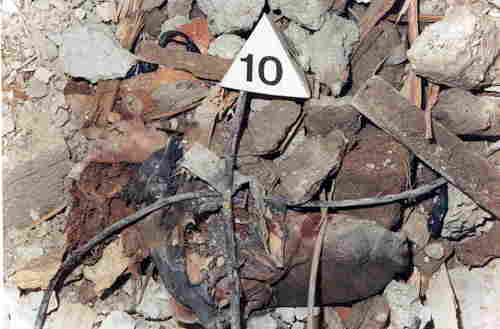

Avoid arguments and write down all of the potential problems for later evaluation. In investigating any incident, big or small, the process of specifying the problem is likely to elicit multiple responses. We do so by asking four critical questions: What Is the Problem? The first step in any root cause analysis approach is to define the problem. (In fact, an estimated 85 percent of Americans heard about the disaster within the hour it happened.) Step 1: Define the Problem with Four Questions For NASA, was a catastrophic event on several levels: seven colleagues lost their lives a multimillion-dollar space shuttle was destroyed and the good public relations NASA hoped to garner was ruined. But 73 seconds after liftoff, the space shuttle broke apart over the Atlantic Ocean, taking the lives of all seven crewmembers. Accordingly, there were more media present on that morning with below-freezing temperatures in Cape Canaveral, Florida as millions of people around the world watched.Īt the time, the Challenger was the most-flown orbiter in NASA’s fleet. The program was an effort to get the public invested in the space program while signaling that space travel was becoming more normal and accessible. Schools around the country tuned in for the liftoff. Chosen from more than 11,000 other candidates, Christa McAuliffe had planned to give lessons from space. It was the first voyage of the new Teachers in Space Project-the first flight on which someone who was not a trained astronaut was permitted to travel into space. The launch of the Challenger the morning of January 28, 1986, was a momentous occasion, even for a shuttle well versed in historic firsts.
Challenger space shuttle human remains tv#
An Exciting First Becomes Tragic on Live TV

For this case study, we’re using the Cause Mapping ® method of root cause analysis to better understand what happened on the ill-fated 10th flight and evaluate how the risk of a similar incident could be reduced.

Unfortunately, its 10th flight marked another first-NASA’s first space shuttle disaster. Throughout its subsequent missions, the Challenger also carried the first African American, Canadian and Dutchman into space. Two months later, Sally Ride became the first American woman in space. Its maiden flight in April 1983 witnessed the first spacewalk during a space shuttle mission. The Challenger space shuttle made history repeatedly.


 0 kommentar(er)
0 kommentar(er)
